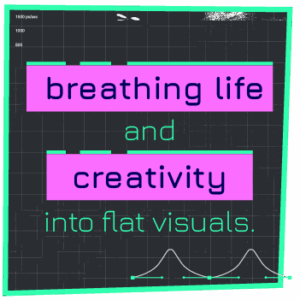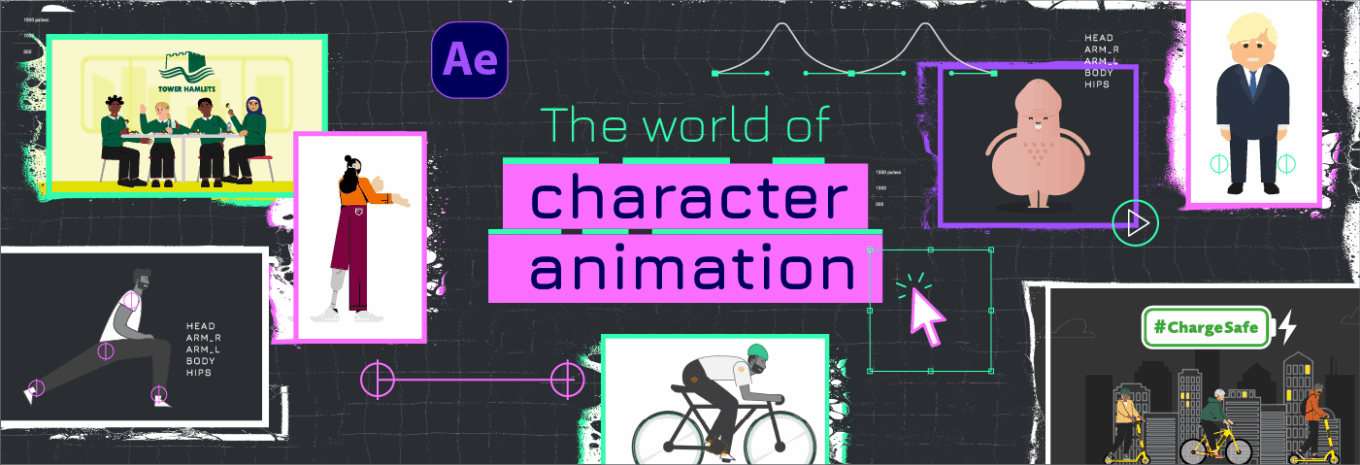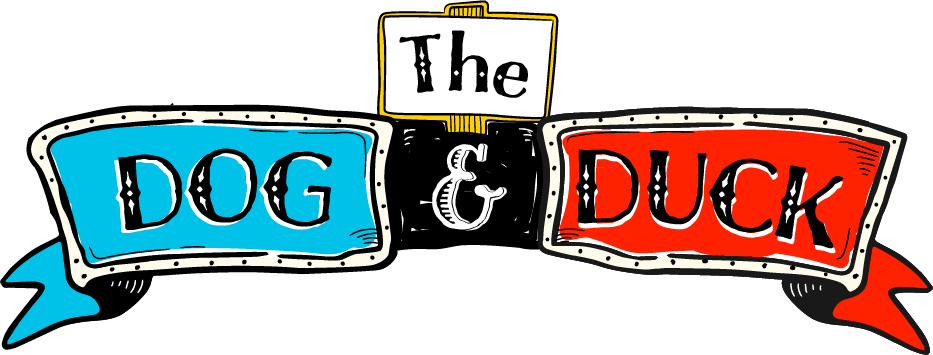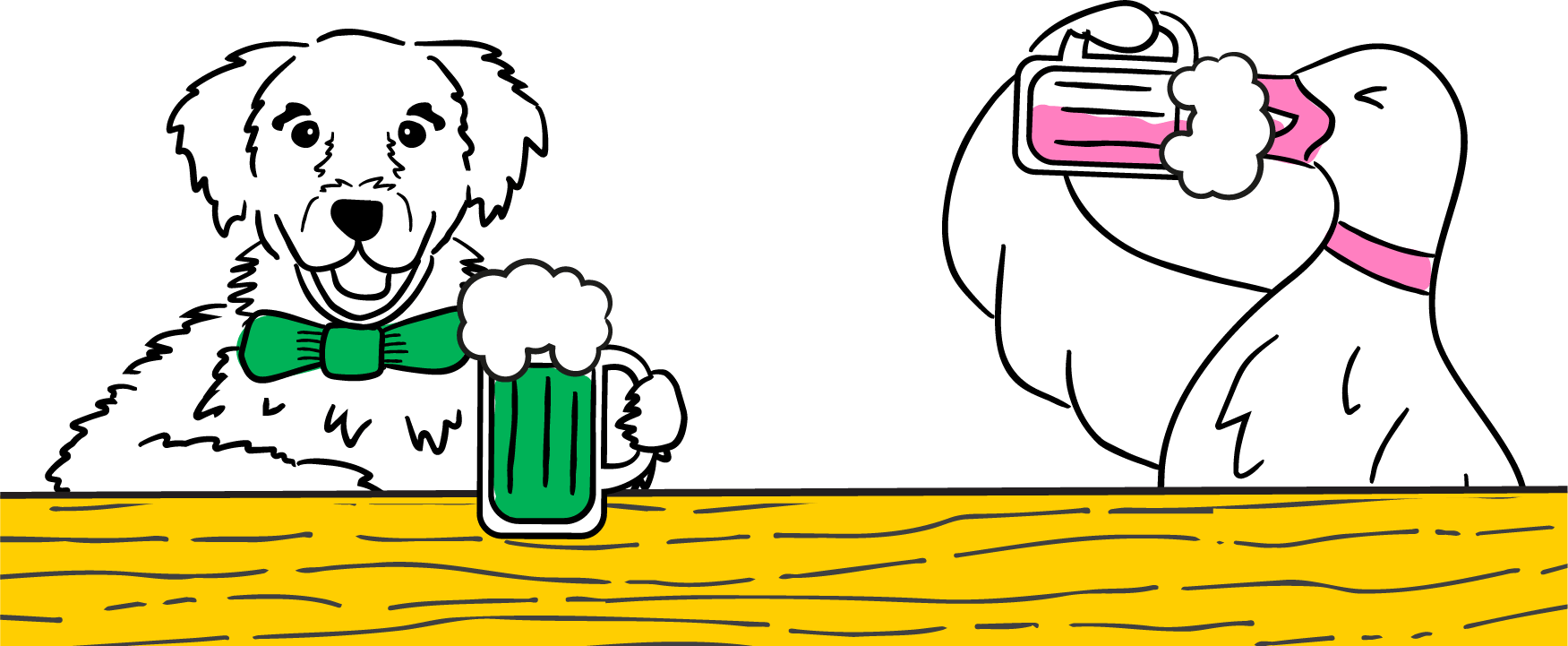We’ve all got an animated character we love from childhood or adulthood. But behind every bouncing sidekick or hilarious hero is a clever technique called character animation, and it’s what gives those 2D or 3D faces their soul.
Enter Laura. Animator, character conjurer, and all-round creative powerhouse. She’s been with us since 2017, brilliantly turning scribbled ideas into living, breathing characters – well, living enough to steal the show.
Laura’s first foray into character animation? Creating avatars for the Conservative leadership race while at Sky News. We know, what a job.
Since then, she’s brought characters of every shape, shade and personality to life for a whole host of clients. It’s kind of her thing. So, we’ll step aside now and let Laura do what she does best.

An explainer for newbies
Character animation is adding movement to still illustrations, breathing life and creativity into flat visuals.
Dating back over 110 years (yes, really!) it’s been a staple on our screens since the early animations of Walt Disney.
With the rise of CGI and other digital techniques to create and recreate whole worlds, character animation is now taking on a greater importance than ever, creating the carefully crafted people to inhabit those worlds.
The process and tools of the trade
1. Artworking – Adobe Illustrator
Artworking involves getting a character illustration ready for animation. You separate the character illustration into different layers, which are different parts of the body. You can go as deep or as surface level into this as you want, it all depends on how much animation you will be doing on your character.
2. Rigging – Adobe After Effects
It’s time to think about movement. We bring in the illustrator file and build rigs for the legs and arms using the Rubber hose tool. Rubber hose gives us a path that has a start and an end that moves like an arm or leg might move on a real person. You can either rebuild your limb or pin to create a hose on your illustrator layer.
Much like the Funny Bones song, you connect all the limbs together. So the shoulder would connect to the body, and the head connects to the leg. You get the gist!
3. Animating – Adobe After Effects
Now, it’s time to bring your character to life. The way you move your characters becomes part of their personality. It could have a bouncy movements to show happiness or a light style of animation. It could have heavy movements, or walk in cycles to show a darker animation.
For inspiration, think of characters you know from existing media. I like to think about the game Mortal Kombat. When you choose a fighter, they have a certain animation that sells the character’s style to the player. That’s the subtle work of character animation.
Why Laura loves it
I love the personality that animation gives to character illustration, and how it brings that character to life. I grew up with everything Aardman and still love them now.
I personally prefer to design and animate in Adobe software. I design in Illustrator and animate in After Effects as these are 100% industry-standard tools that I’ve learned how to use over the years.
You can create characters that act exactly how you’d expect, but the beauty of this work is you can do something totally random and unexpected too. That’s the benefit of not working with real people or actors.
Laura’s quickfire questions
Strangest thing you’ve animated?
A penis for a sexual health campaign for the NHS.
Favourite thing you’ve animated?
A little robot for the National Trust – it had a unique way of moving.
Something you’d love to animate?
My own dog (Rue, the little Jack Russell)
What’s your favourite part of the process?
Rigging – connecting everything to the right areas. It’s a creative skill but rooted in the technical side of the work too.
Fancy giving it a go?
It takes a lot of time to learn the tricks and tools of the trade. But that doesn’t mean you can’t give it a go yourself.
I really think practice is the number one way to learn. I never let not knowing how to animate something get in my way – I always put the most creative way to do something forward and then figure out how to do it later.
My first recommendation is to use a stop motion app on an iPhone or iPad. They’ll let you take frame-by-frame photos and make your own short animations, like Aardman.
If you want to see some professional character animators, and learn from their YouTube tutorials, I’d recommend checking out Ben Marriot, Jake in Motion, Battle Axe, Motionographer, Ema Columbo, Austin Faure, and Stefankunz.
Or… Laura can do it for you!
Of course, if you’re looking for the real deal and think character animation should be a part of your next campaign, you can talk to us directly.
We’ll work together to bring creative ideas out of the page, give them a personality and create characters and stories that’ll help you make your mark.

















